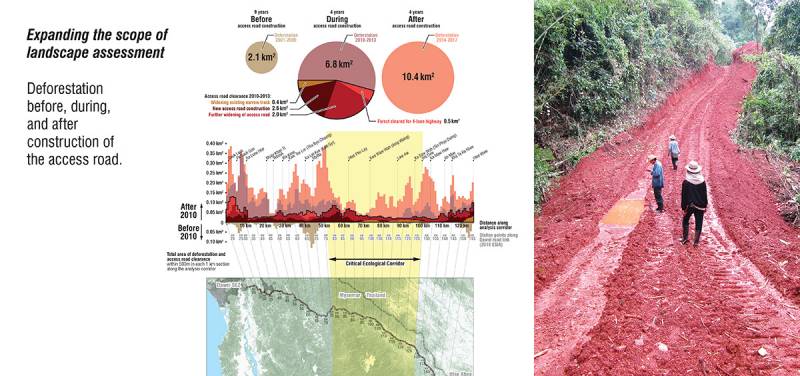Thailand and Dawei Special Economic Zone: Road Link to Kilometer Zero
Date: 24 August 2019,
Time: 13:30,
Venue: Multi-function Room, 1st floor, Bangkok Art and Culture Centre.
Agenda:
Ashley Scott Kelly, Faculty of Architecture, The University of Hong Kong
Counter-assessment of impacts and history for the Dawei road link, 1995-2019.
Saw Frankie Abreu, Tenasserim River & Indigenous People Network (TRIP NET) and representatives from impacted communities
Voices from communities on the ground.
Teerachai Sancharoenkijthaworn, The Mekong Butterfly
Dawei Road Link: Hidden Cost of Impacts and Affected Community's Solving Mechanism/Measure.
Regan Pairojmahakij, World Wildlife Fund (WWF)
Biodiversity along the Dawei Road and measures to protect it.
Naruemon Thabchumpon, Faculty of Political Science, Chulalongkorn University
Transnational Politics, Local Communities and Human Security in Ethnic-controlled Area: A Case Study of the Dawei Road Link Project in Tanintharyi Region.
Luntharimar Longcharoen, independent researcher
Moderator
Hosted by SEM and Extra Territorial Obligations (ETOs) Watch
Abstract for Ashley's talk
Counter-assessment of impacts and history for the Dawei road link, 1995-2019
Ashley Scott Kelly, Faculty of Architecture, The University of Hong Kong
Environmental impact assessments bear the responsibility of assessing, negotiating, and ensuring accountability and deterrence of socioeconomic risks and environmental degradation. Most international standards call for cumulative impact analysis, which goes beyond the immediate physical impacts of construction and operation. However, for projects with long histories, here namely "projects" for the Dawei road link beginning in 1997, 2010, 2015, and 2019, what are most impactful are the ways these projects have incrementally, substantially, and sometimes violently rewritten these histories, albeit through the often technical languages of planning, engineering, ecology, and social science. In this talk, based on analysis of thousands of pages of company reports, over 150 unique sources, and high-resolution commercial satellite imagery, I look inside the development process for clues of how to better assess the complex past and future impacts of infrastructure on our environment. I summarize a two-decade history of the Dawei road corridor and argue that more rigorous tools and frameworks are necessary to combat the amnesia of infrastructure development, both in terms of historical narratives and technical knowledge. Strategic analysis and sustainability require longer-term studies, larger landscape extents, and deeper awareness of the development process.
Posted by: Ashley Scott Kelly (Design for Conservation)












